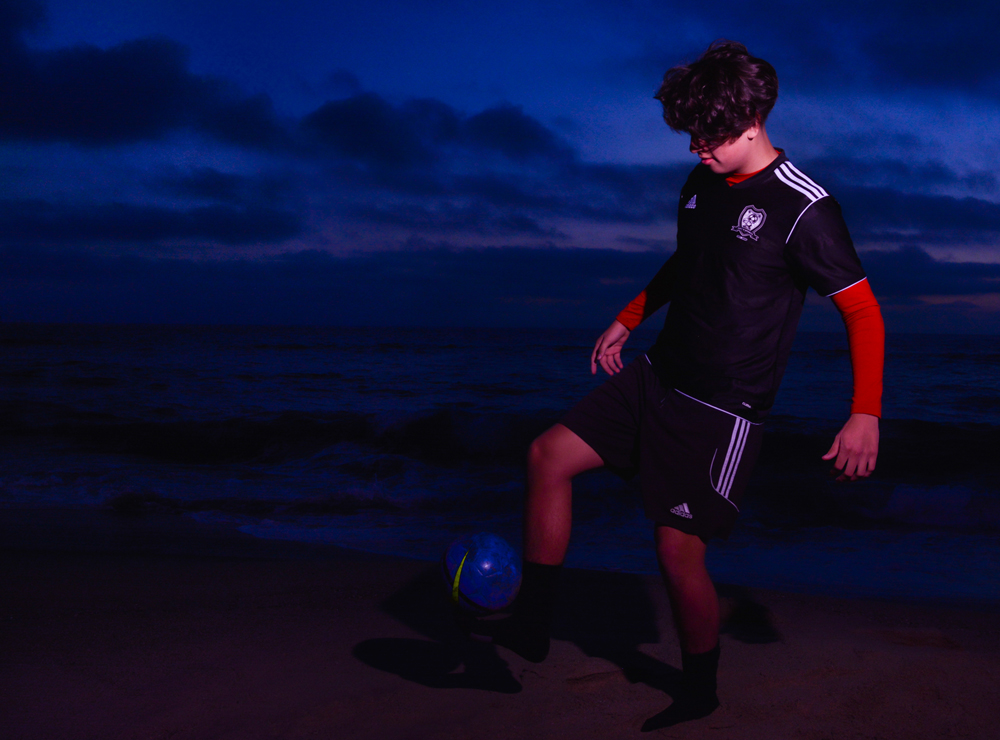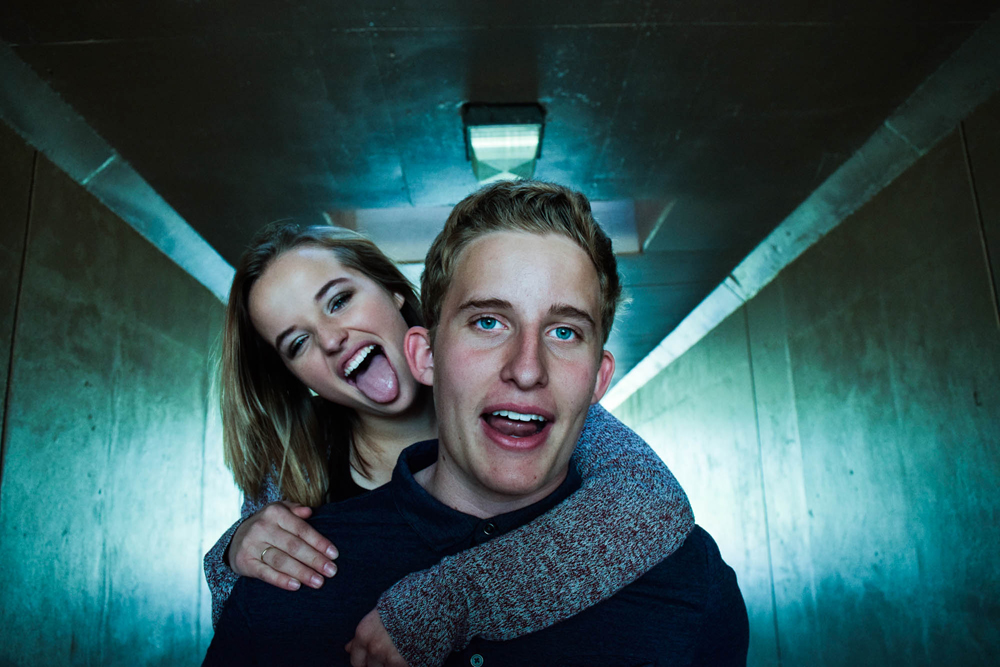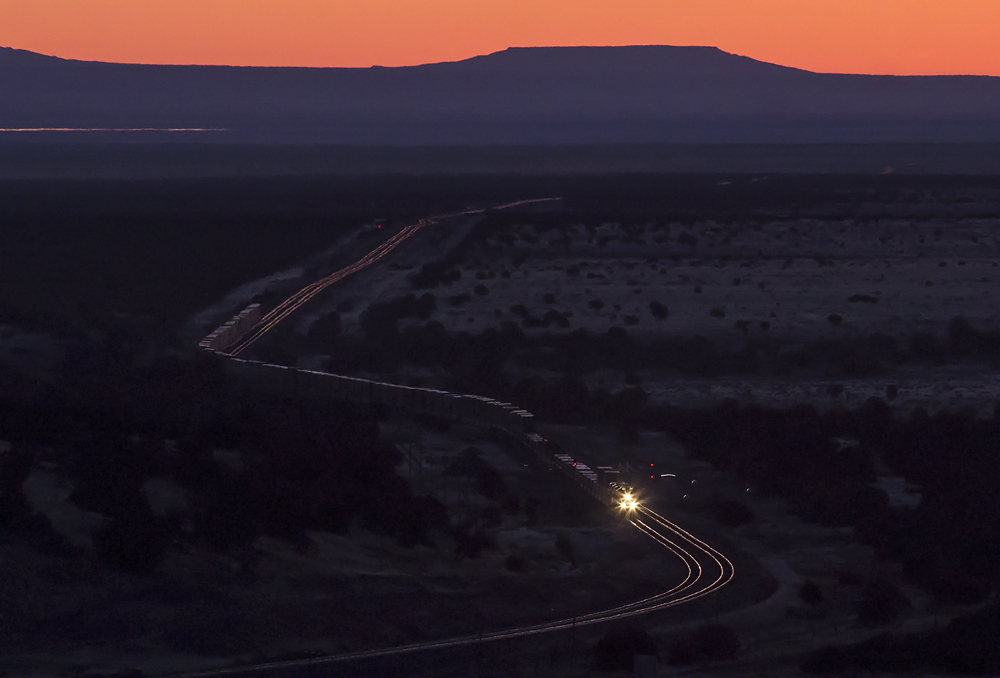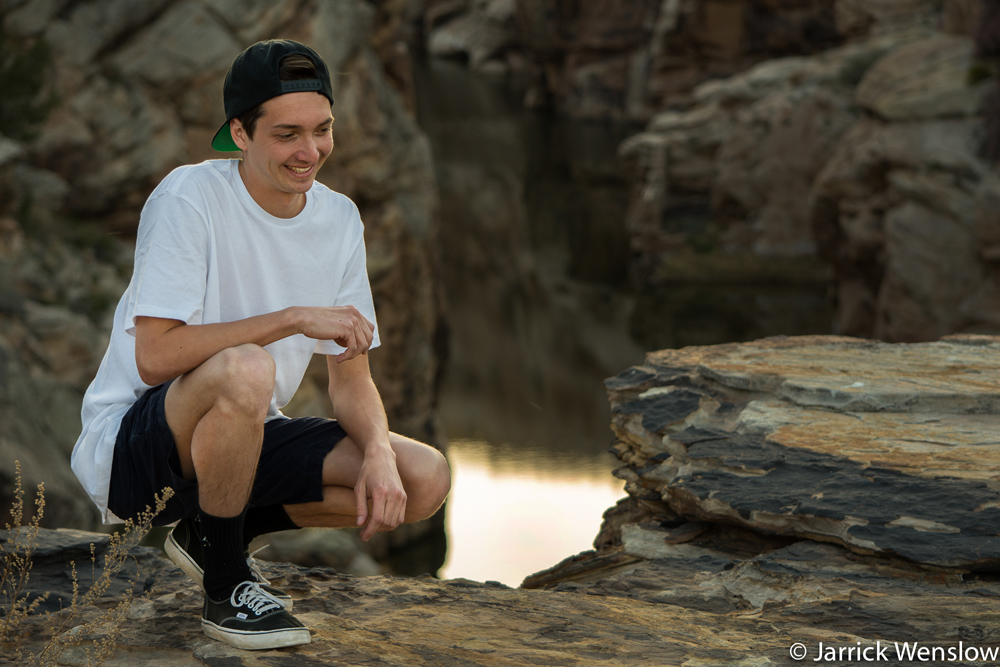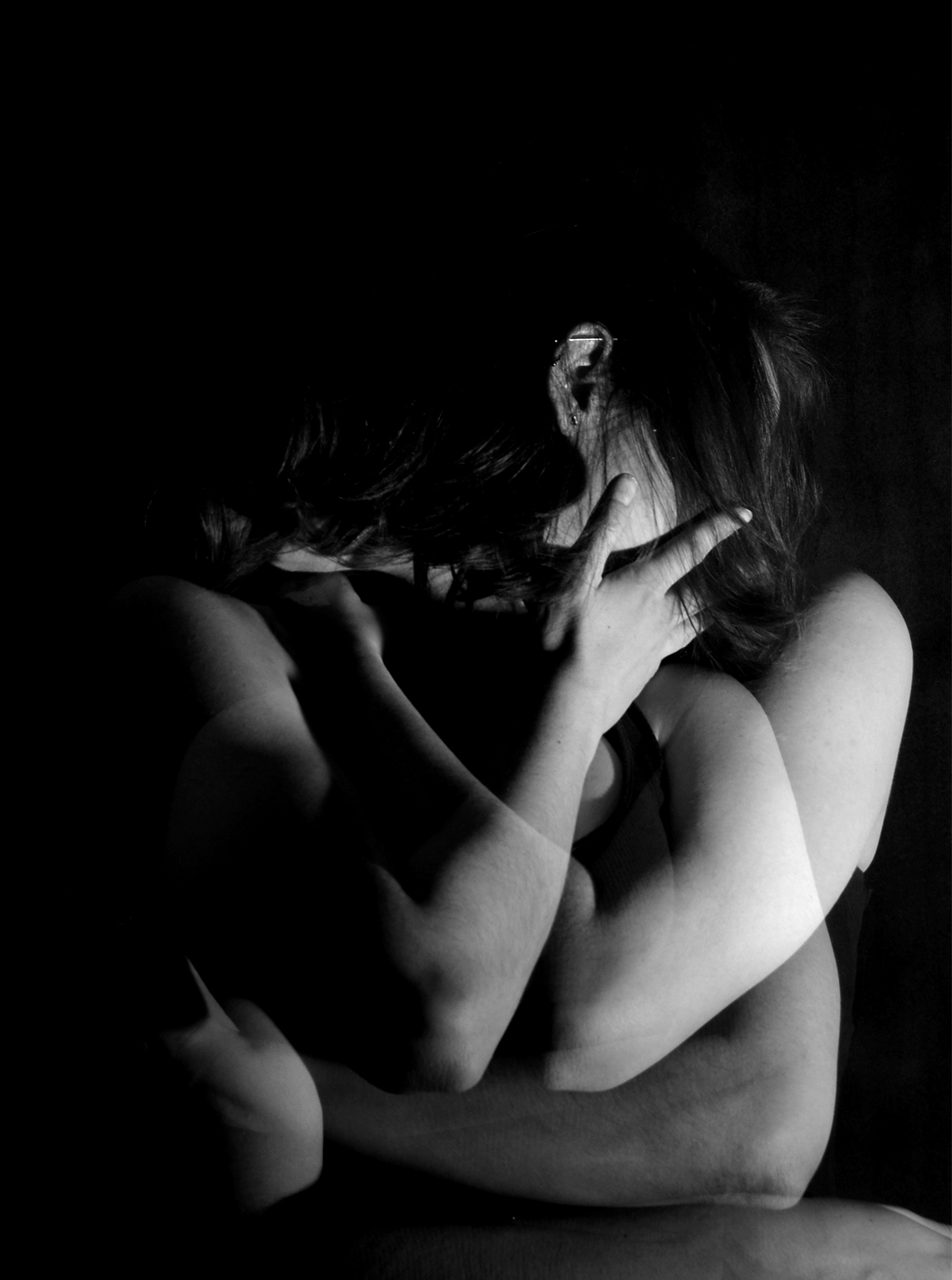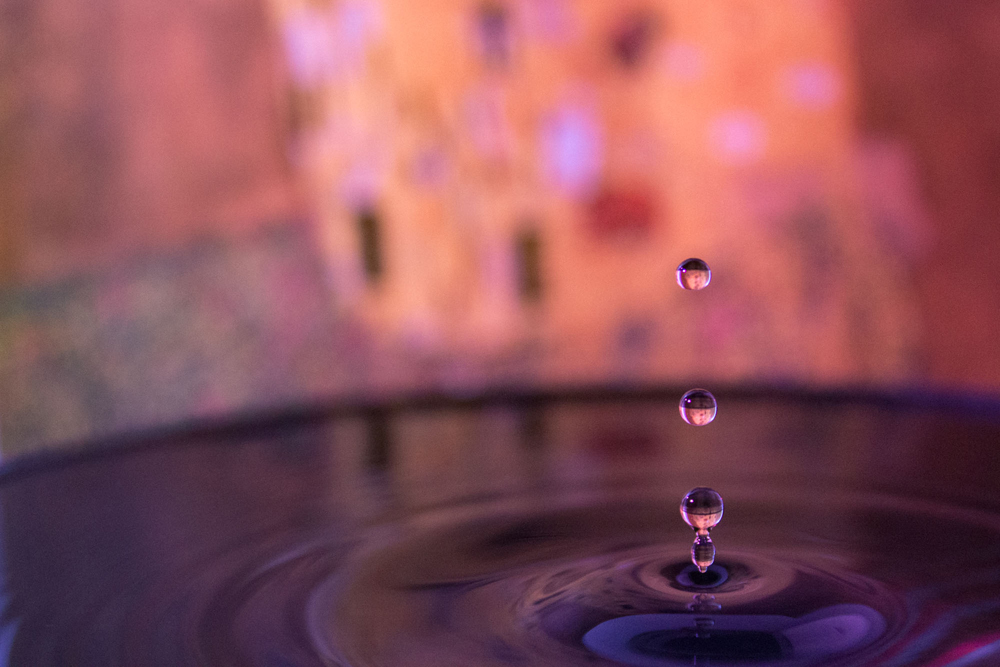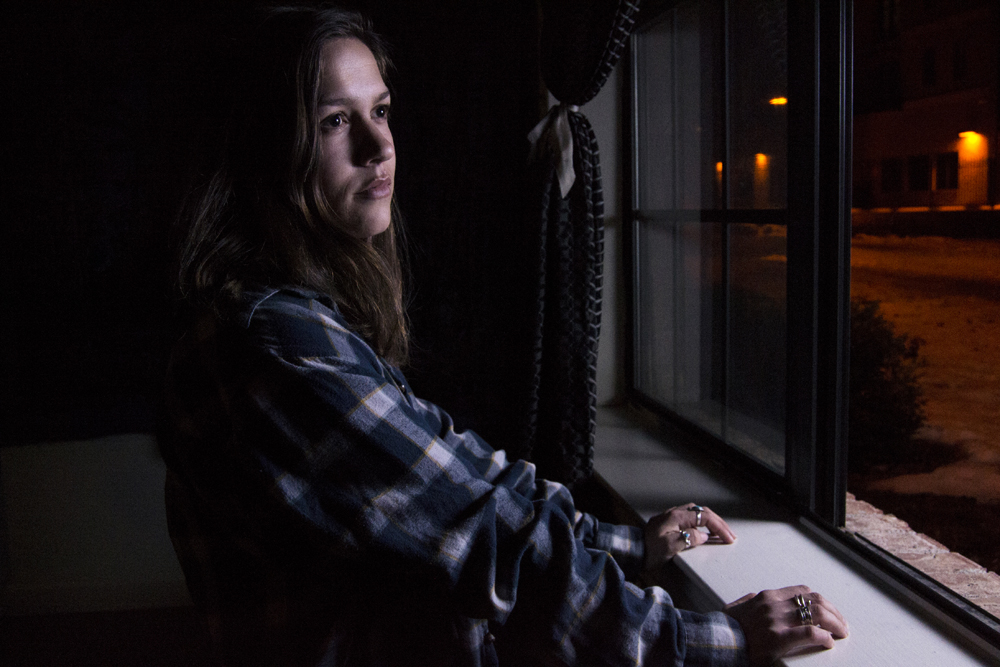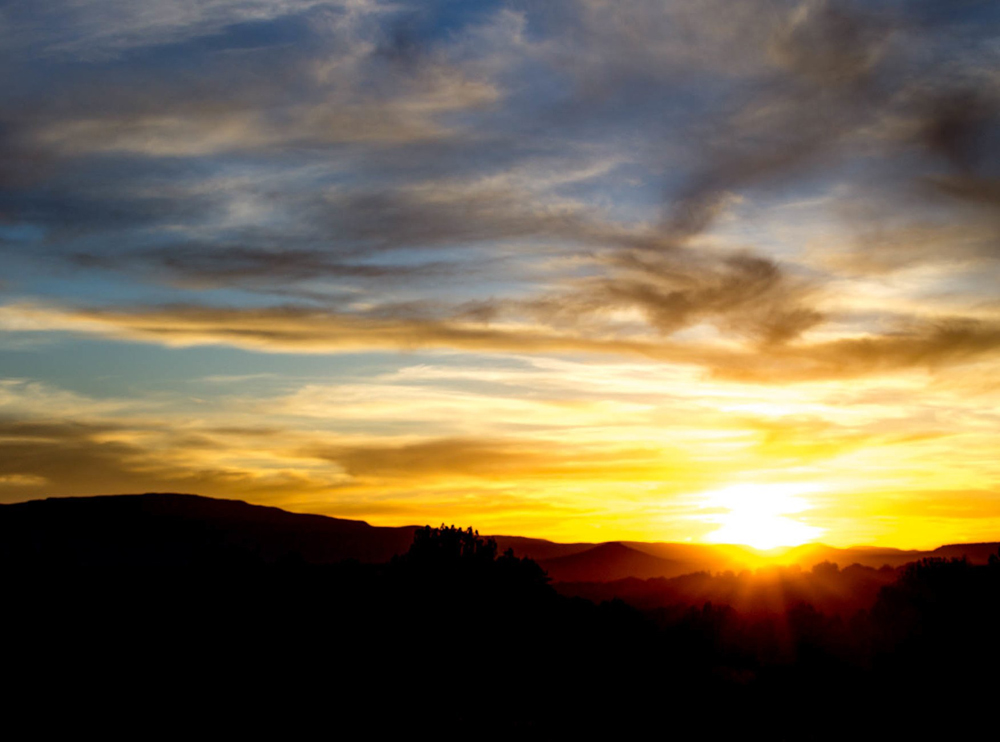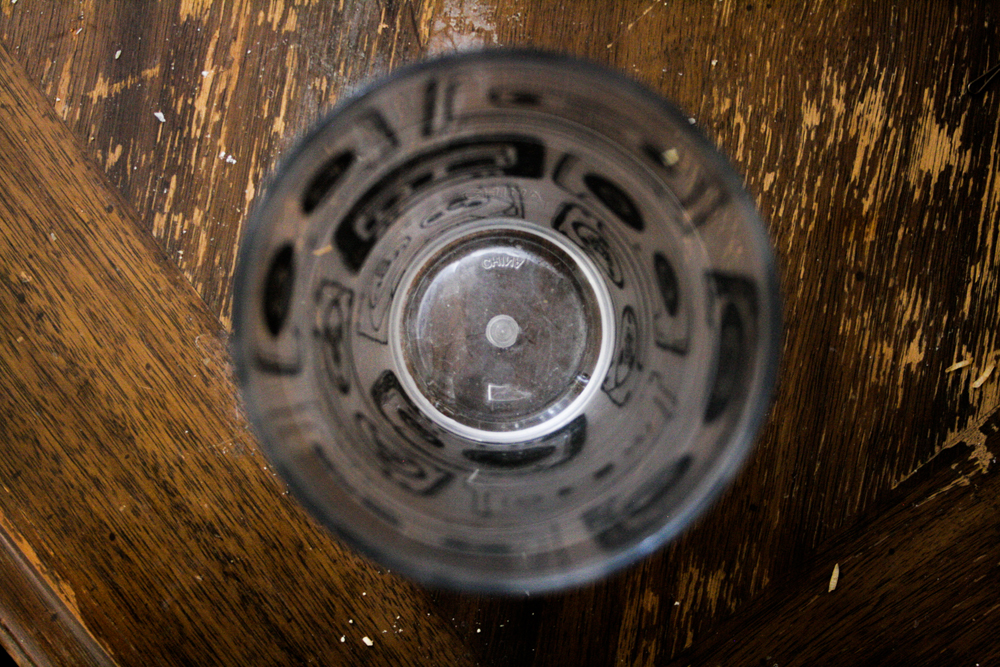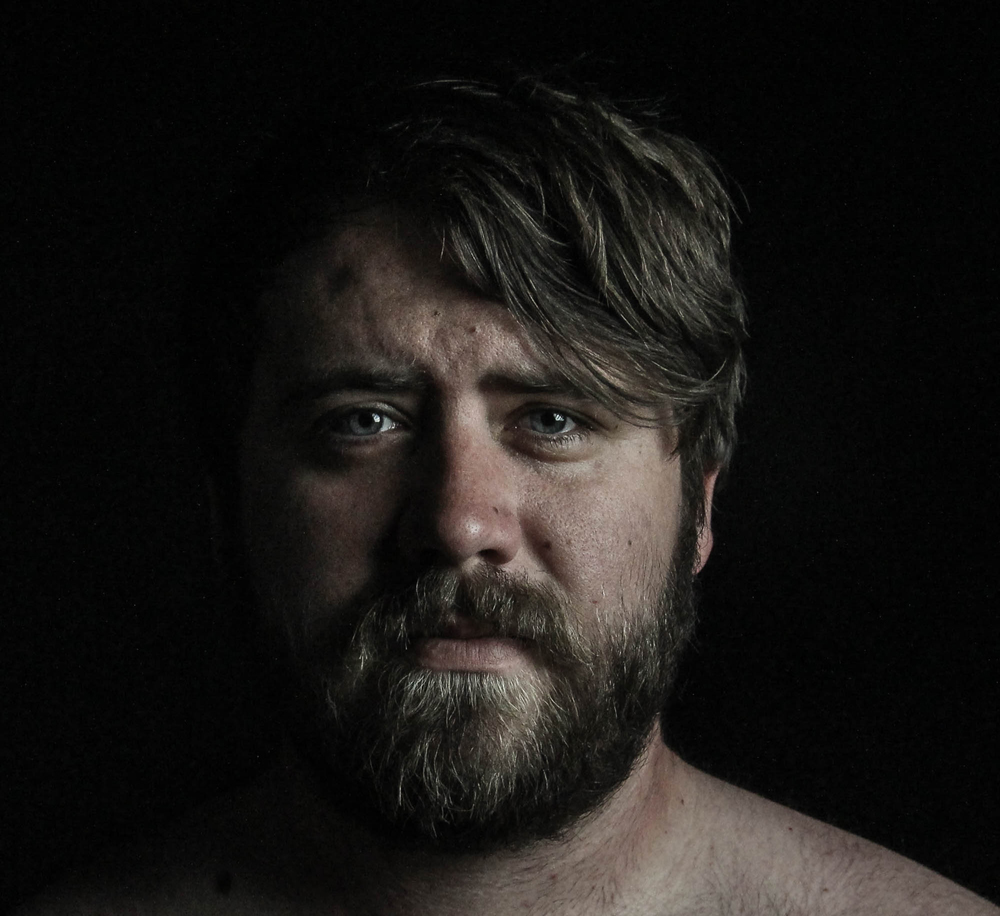
“Broken Connections” || Photo copyright Dakota Wolfe
“Broken Connections”
Isn’t it funny how many people feel alone when there are so many other people in this world? Most of society can feel alone in their personal situations, but the truth is that there are so many others who feel the same way. Interactions have become almost scripted because people have this dire need to feel secure. Not very often does a person say how they truly feel because of what someone may think. For me personally, when someone asks me “how are you”, I usually have an automated response that in no way reflects how I am actually doing. I believe society has created this wall between people, where it would not be socially acceptable to fully poor out how you’re actually doing to another person. It’s ironic that everyone wants to create this façade, because most of the time others are feeling the same way. I chose to do a portrait because it reelected my favorite style.
Emotion inspired me to capture this image. It reveals a hidden feeling that I think most try to bury. It is rare to see someone in a social environment look this way. In my case, I smile all of the time even when I am stressed out or sad, or really any kind of negative emotion because I want people to think I am okay. I am trying to communicate the truth behind what some people try to hide. I purposefully wanted this darker feeling, therefore I adjusted the lighting to reflect the emotional seriousness. Overall, I wanted the audience to get a sense of truth. I wanted the audience to connect to this photo personally. I wanted to evoke people to think, “I am feeling this same way.”
For this image I used a 16-35mm lens in a photo studio. I shoot with a Cannon Rebel T5i because I feel most comfortable using this brand of camera. My focal length was 24 mm, and my exposure of 1/60sec at f/5.6. My ISO was 1600 because of the soft lighting I used. For the lighting effect, I posed the subject about five feet away from the wall behind him. I used a soft box in order to get a cool and soft light that highlighted the face. Originally, I thought about using an off camera flash, but it was too harsh.
About the Photographer:
Hi, my name is Dakota Wolfe. I am a senior at Northern Arizona University and I am studying Strategic Communications with an Emphasis in Public Relations. I am also minoring in Photography. I have been very interested in photography and cameras for about six years and have only recently began taking it seriously. Photography is an escape from my daily routine and stresses. I began taking pictures for fun and wanted to get better so I added the minor in order to get better and more experienced. I like taking portraits and stylizing them to get a unique photograph.
To read more about the Northern Arizona University “Behind the Image: Guest Blogger” project on our blog, please read the introduction at youcansleepwhenyouredead.com/wordpress/4th-annual-northern-arizona-university-behind-the-image-guest-blogger-project. Please take a minute to leave your thoughts and constructive comments in the Comment section below – Dakota would love to hear from you!

